It’s been quite a while since I’ve done an African animal profile. However, it’s now the peak of the hunting season in most countries in Africa. In honor of this, I’ll continue to post further profiles of African animals over the next few weeks in the same spirit that I wrote about Impala and Warthog this time last year. Perhaps these reports will inspire some of my readers to pursue dreams of hunting in Africa. Today, I’m writing about the bread and butter of almost any African plains game safari: the Blue Wildebeest.
Description & Distribution
Blue Wildebeest, also known as brindled gnu or black bearded wildebeest, are a large, muscular species of antelope with large horns that curve in and upwards. Males are slightly larger and darker in coloration than females and can weigh upwards 600 pounds and stand 4-5 feet tall. Females are known to weigh as much as 550 pounds.
Most adult wildebeest have a deep silvery grey or brownish coat with manes consisting of long, jet black fur. Blue Wildebeest also have dark brown stripes on their necks and ribs, giving them their nickname of brindled gnu. Both males and females have horns, though males generally have significantly larger horns than females.
Safari Club International recognizes four subspecies of Blue Wildebeest: the White-Bearded Wildebeest, the Nyasa Wildebeest, the Cookson Wildebeest and the Common Blue Wildebeest. The White-Bearded Wildebeest, sometimes further broken down into the Eastern and Western White-Bearded Wildebeest sub-species, is found on the border between Kenya and Tanzania and is common in both countries. Their coats are lighter in color than the other sub-species of Blue Wildebeest and they usually have white hair in their mane and on their face. Interestingly, their manes are lank and do not stand up. They are the most numerous sub-species of Blue Wildebeest and their current population is estimated at 1,3000,000.
The Nyasa Wildebeest is the smallest specimen of Blue Wildebeest and presently live in southern Tanzania and northern Mozambique. They were once present in Malawi (formerly known as Nyasaland, hence the sub-species name), but are now extinct there. Nyasa Wildebeest have a more brownish color to their coats than the other sub-species of Blue Wildebeest. The hairs on their manes are somewhat rigid and stick up in the air. Their population is estimated at 50,000-75,000.
The Cookson Wildebeest is the largest of all the wildebeest and is found only in the Luangwa Valley of Zambia. Their coat is more grey in color than any other sub-species. Like the White-Bearded Wildebeest, their manes also are lank. Their population is estimated at 5,000-10,000.
The Common Blue Wildebeest is the most widespread of any species of Blue Wildebeest and are found in Mozambique, Swaziland, Zimbabwe, South Africa, Botswana, Namibia, Angola and Zambia. There are an estimated 130,000 Blue Wildebeest in these countries. Of these countries, South Africa offers the best hunting, both in sheer numbers of animals and in trophy quality, for the Common Blue Wildebeest. This is especially true in the part of Limpopo Province where Kok & Seyffert hunt.
Of the top 25 Common Blue Wildebeest in the SCI Record book, 23 were taken in South Africa (the other 2 were taken in Namibia). However, Namibia and Zimbabwe also provide outstanding trophy quality wildebeest, as you can see in the photos below. Like the Nyasa Wildebeest, the Common Blue Wildebeest manes are rigid and stick up in the air.
Blue Wildebeest are grazing animals and are generally live in herds of 20-50 animals or more in more open terrain. Their snouts are well adapted for feeding on grass, which is their favorite food. However, Blue Wildebeest will also eat shrubs and leaves if grass is in short supply. Though they are most often found in open terrain, they can also be found in areas with thick vegetation as well. They are very resilient animals, but are dependent on water and will drink twice daily when water is available. As a result, they are most often found in moist grasslands and in other areas near water Blue Wildebeest are often found in the company of zebra, springbok, impala and hartebeest on the open plains.
Blue Wildebeest Hunting Methods
There are several possible methods available for hunting Blue Wildebeest. Probably the most commonly used method is to attempt a stalk on a feeding herd of wildebeest during the morning or evening when they are most active. However, this can be challenging due to the difficulty associated with getting inside shooting range while avoiding the watchful eyes of dozens of Blue Wildebeest (to say nothing of the zebra, or any other animals with them). Another commonly used hunting method, if it is legal in the area you will be hunting, and you consider it ethical, is to ambush Blue Wildebeest from a blind overlooking a water hole.
Blue Wildebeest Cartridges
Blue Wildebeest have a well deserved reputation as very tough animals and can take a lot of punishment before they go down for good. Indeed, they have the nickname “the poor man’s cape buffalo” for a good reason. For this reason, it is very important that hunters be appropriately armed when pursuing them.
Since they are so tough, the. 308 Winchester is the minimum caliber that I recommend for use at short to medium range (out to 200 yards). For some of the longer shots that may present themselves when hunting Blue Wildebeest in open areas, cartridges such as the .280 Ackley Improved, 7mm Remington Magnum, .30-06 Springfield and the .300 and .338 Winchester Magnums are also great choices. For those that prefer even larger caliber rifles, a rifle chambered in 9.3x62mm or .375 H&H is not using “too much gun” on one of these very tough animals.
Blue Wildebeest Shot Placement
A saying among those who have pursued Blue Wildebeest is that “They are born sick and get stronger and run farther with each lead pill you give them.” Like I stated above, Blue Wildebeest are very tough and must be taken seriously by hunters. While they are not normally aggressive towards humans, it is not uncommon to hear about injured wildebeest charging and injuring hunters.
For this reason, it is essential that hunters use deeply penetrating bullets and place their shots appropriately. Additionally, no matter what cartridge and bullet they use when hunting Blue Wildebeest, hunters should not be afraid to take a rapid follow up shot if possible. This can potentially avoid a frustrating and/or dangerous situation further down the road.
Fortunately, shot placement is not very complicated. When they are standing broadside, simply aim along the back edge of the front shoulder approximately 1/3 the way up their body. This will result in a heart/lung shot and the wildebeest will likely not go very far after the shot.
However, I do not recommend that taking frontal shots. As you can see in the photo below, there is a very small window to the vitals and it is easy to hit too far to either side, or hit the snout. In either case, there is a high risk of wounding and losing the animal. For the same reasons, I do not recommend head or neck shots on wildebeest, except for very experienced marksmen and hunters.
Blue Wildebeest are among the most widely distributed and commonly pursued species in Africa. They are also nearly as tough and challenging to hunt as a Cape Buffalo, but much more affordable. Due to this, the Blue Wildebeest is considered one of the cornerstones of a “classic” safari almost anywhere you go on the continent. No safari is complete without a wildebeest and I highly recommend adding one to your list if you’re planning a trip to Africa in the near future.
For what it’s worth, a hunt in Africa made the cut for my holiday gift recommendations. To see what other stuff is on the list, check out the following article:
Awesome Holiday Gifts For Hunters
Make sure you follow The Big Game Hunting Blog on Facebook, Instagram, Twitter, and YouTube.
NEXT: READ THIS BEFORE HUNTING CAPE BUFFALO WITH THE .45-70 GOVERNMENT
John McAdams is a proficient blogger, experienced shooter, and long time hunter who has pursued big game in 8 different countries on 3 separate continents. John graduated from the United States Military Academy at West Point and is a veteran of combat tours with the US Army in Iraq & Afghanistan. In addition to founding and writing for The Big Game Hunting Blog, John has written for outdoor publications like Bear Hunting Magazine, The Texas State Rifle Association newsletter, Texas Wildlife Magazine, & Wide Open Spaces. Learn more about John here, read some of John’s most popular articles, and be sure to subscribe to his show: the Big Game Hunting Podcast.

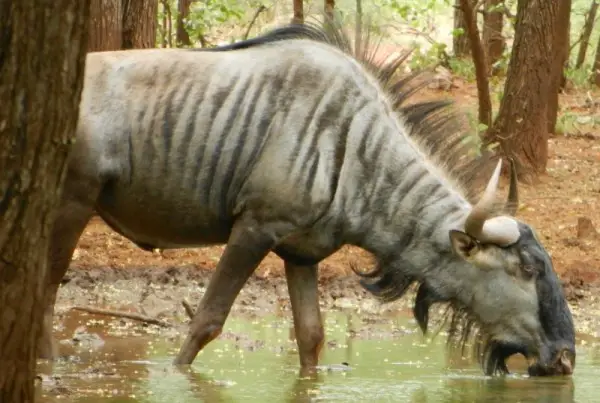
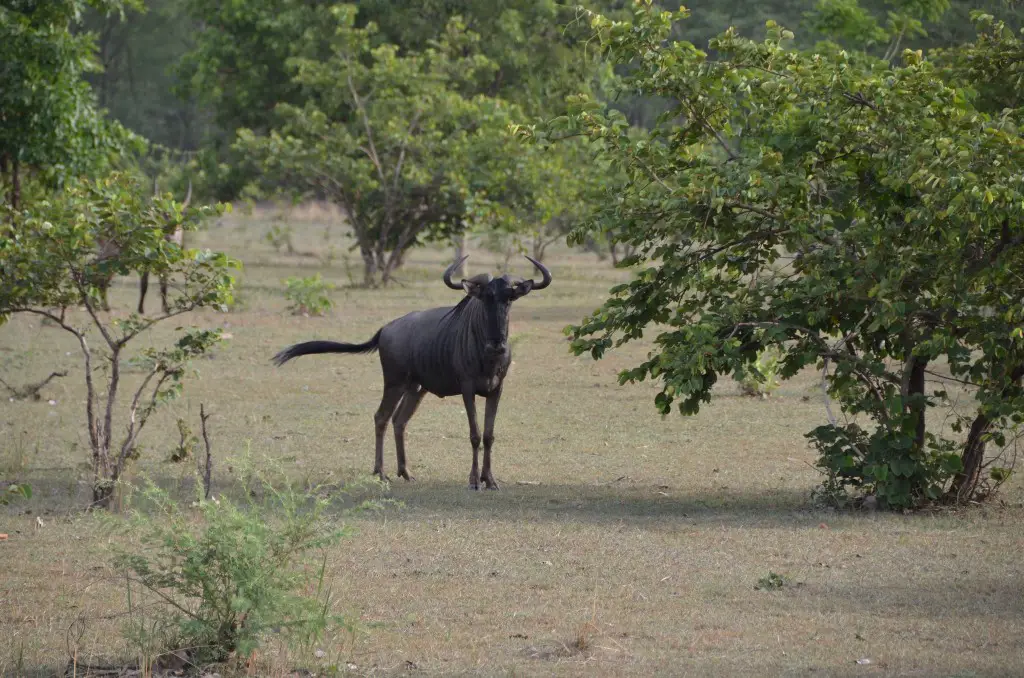
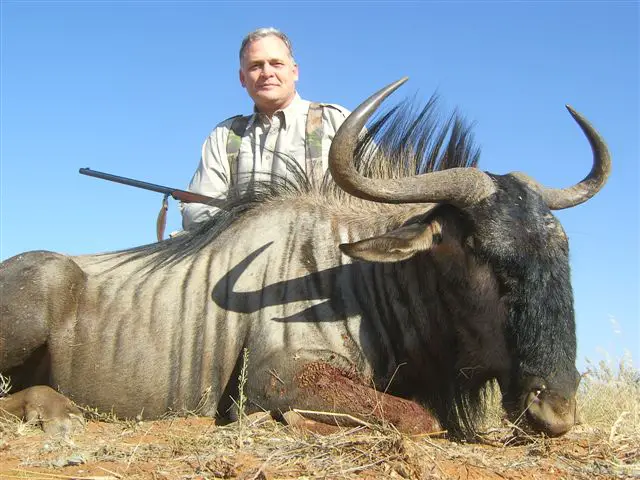

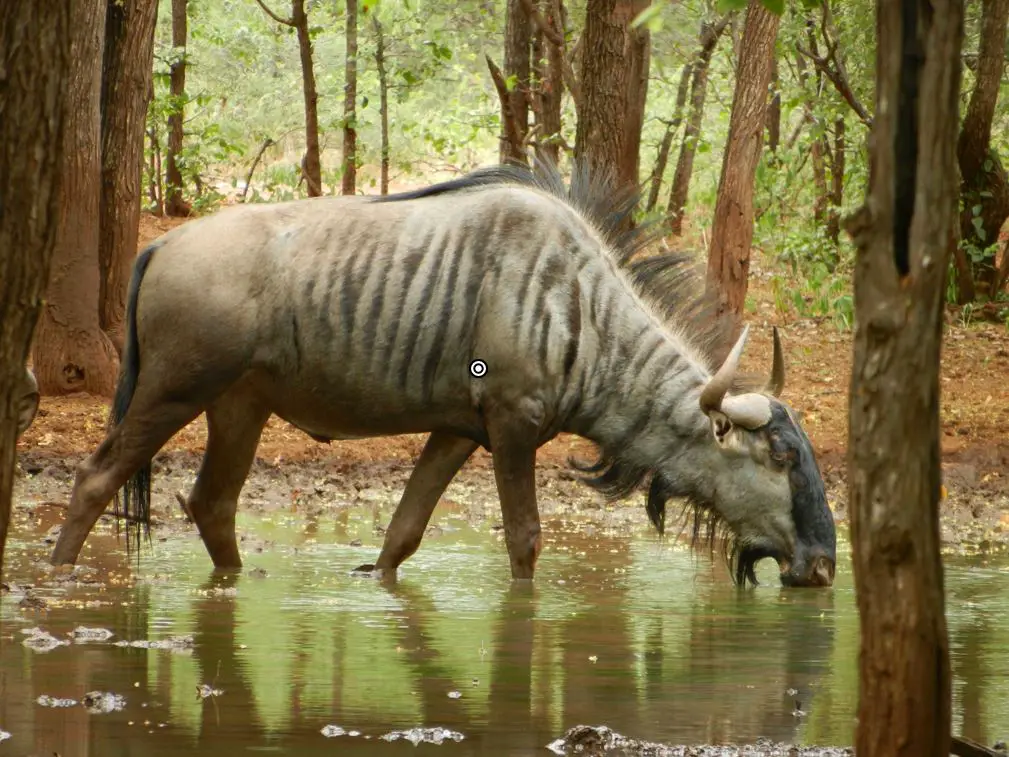
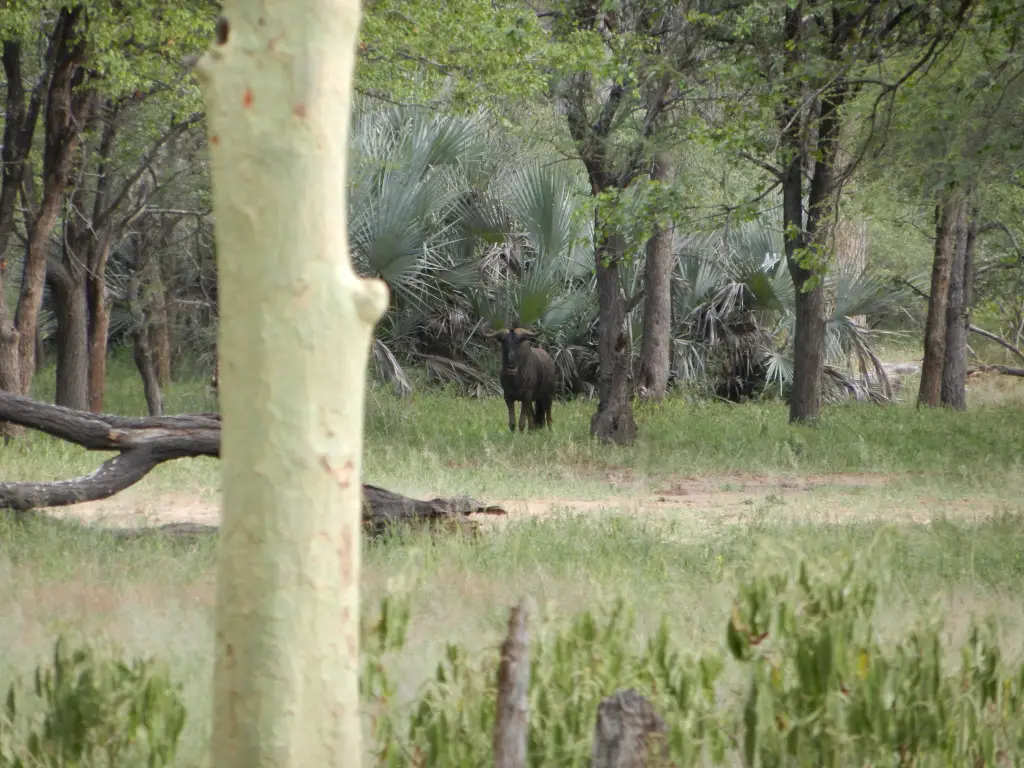
My father, Dr LOC Cookson was a big game hunter in Zambia 1941-1950s. He researched sleeping sickness & bilharzia in the bush. Was the Cookson wildebeest named after him?
I hunted Africa several years ago in the Limpopo Province. The closest town was Lephalale. I tookmy Blue Wildebeest with a .45-70. I used a Marlin Guide Gun and some 405 grain +P loads from Grizzly Cartridge Corporation. The first available shot was a Texas Heart Shot from about 100 yards as the Wildebeest was lieing down and facing away from me. At the impact, it suddenly started rolling back and forth then started spinning like a Dervish on speed. While I stared at the crazy spectacle, the guide yelled for me to shoot again. I did, and it stopped spinning and took off running on its 2 front legs while hopping on the back left one and dragging the back right leg. It disappeared in the brush and we started tracking it. The Guide could track like a hungry wolf. He found broken grass stems which I overlooked as they were so isolated and small as to escape my notice. About 300 yards further we jumped the Wildebeest again, and one of the assistants put a .308 round through its lungs. About 75 yards from where it had been when hit by the .308, it turned to face us. We moved a little closer and it lowered its head and pawed the ground. The guide said to wait just a moment. We stopped and it raised its head to sniff. The guide said to shoot it about 10 centimeters up between the front legs. I aimed about 5 inches up from the very bottom of the chest and between the front legs. At the shot, it shook and suddenly went limp. The last shot penetratet and exited out the back. We recovered the first bullet. It had broken the pelvis, one rib, pushed through the right lung, punched through another rib, and came to rest just under the hide in front of the right front leg. The bullet had also clipped the right front leg. The second shot went from left front just behind the leg to right rear, exiting in the right buttock. The damage was enough that I was amazed at the run it made. The .308 round touched the heart and punctured both lungs. The horns started to curve about 4 inches past the tip of the ear. It was an impressively tough animal.